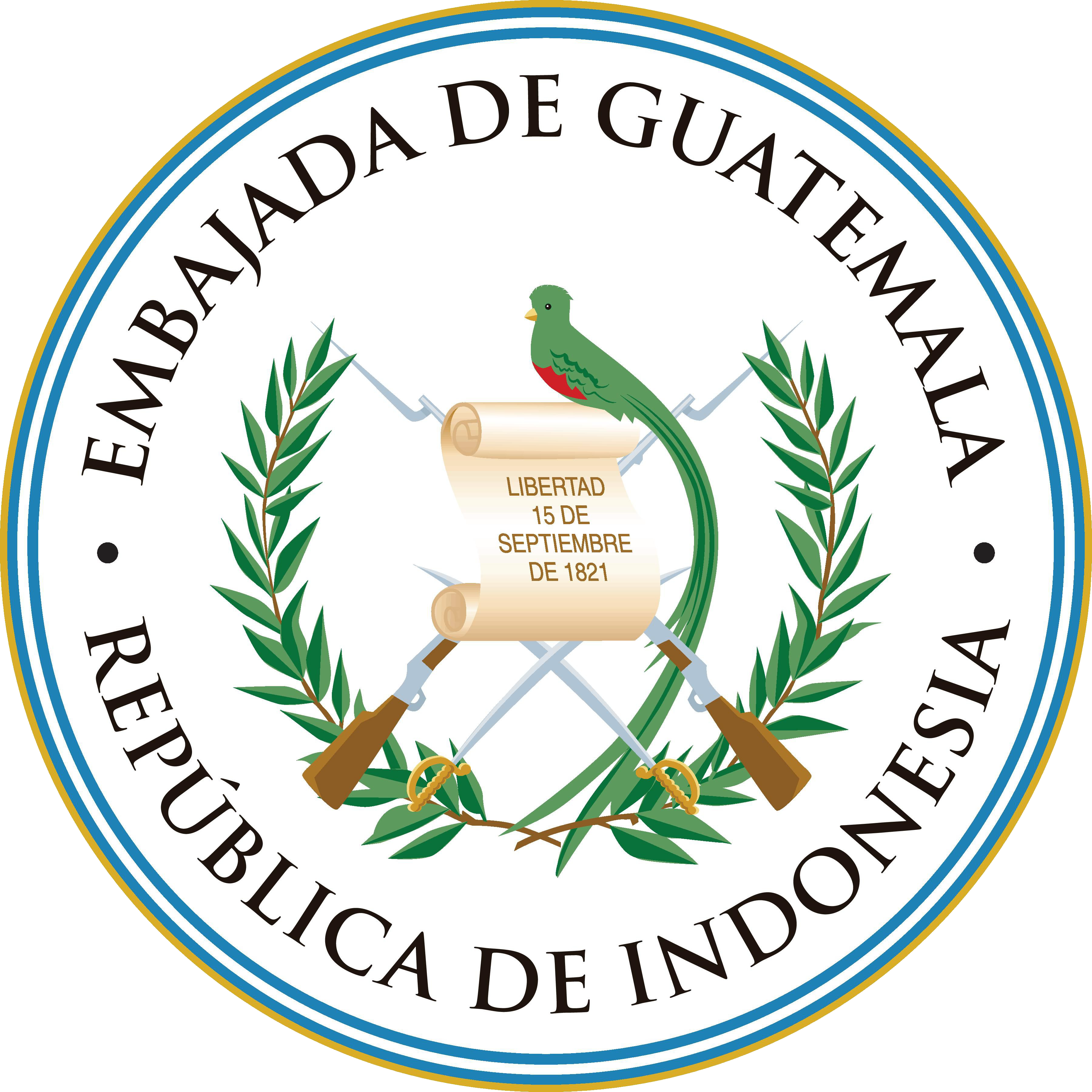The Embassy of Guatemala Photo Exhibition – National Palace of Culture of Guatemala
WTC 3 Lobby, 3 – 28 June 2024


The National Palace of Culture is located in the Historic Center of Guatemala City. It was inaugurated in 1943 by the then-President of the Republic of Guatemala, General Jorge Ubico, who governed the country from 1931 to 1944. The construction lasted for four years, from 1939 to 1943, the building measures 127 meters from east to west; 70 meters from north to south. It has five floors, a basement and four towers, with an additional floor at the corners. It has about 350 rooms, 718 doors, 386 windows, 55 stained glass windows, 1000 balconies and 9 elevators.
As originally anticipated, the building is resistant to earthquakes and fire, as it was built with masonry of baked bricks joined with mortar and plastered with cement. The artificial stone cladding was covered with metal mold and cement mixed with copper sulfate to give it its characteristic green color.
Kilometer Zero, the point where all roads to different places in Guatemala begin is located in this emblematic building in the Historic Center of Guatemala City, and for 81 years it has been the nerve center of Guatemala's political and cultural life. It is also the guardian of diverse expressions of eclectic art that synthesize the mixture of Guatemalan identity. Murals, stained glass, tapestries, lamps, railings, windows, fountains, doors, floors and stairs, columns and walls that, individually and as a whole, tell captivating stories and transmit the very essence of the Guatemalan culture.
In 1980 it was declared a Historic and Artistic Monument. In 1998 it was declared Cultural Patrimony of the Nation and in the year 2000 it was no longer a governmental headquarters and became the National Palace of Culture.





